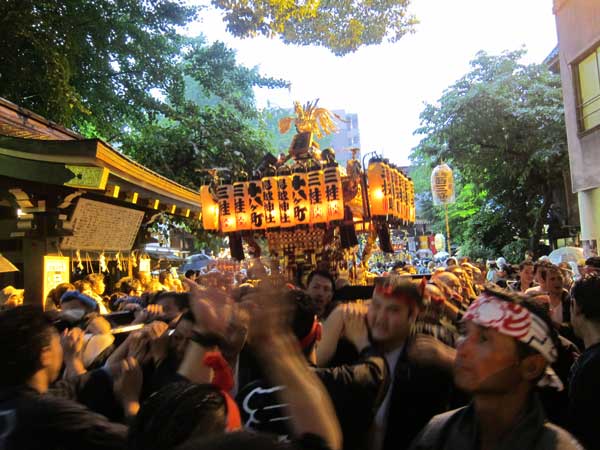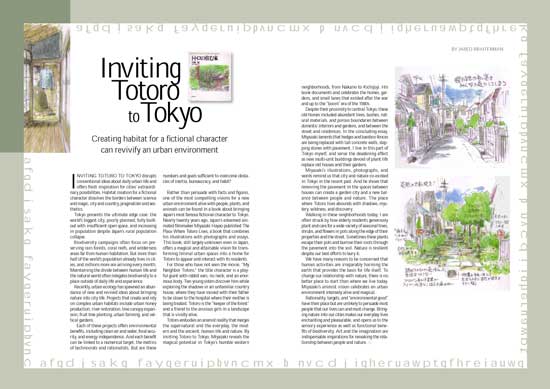
小笠原の人間の歴史は二百年くらいしかありません。第二次世界大戦のトンネルもアメリカの教会まだあります。
What’s surprising about Ogasawara is that there are no indigenous people. First settled in the mid 1800s by Americans who departed from Hawaii, the Japanese seized it during their colonial expansion, retaken by the United States after World War II, and then returned to Japan in the 1970s.
There are numerous reminders of the war. Inside the many hills you still see dank tunnels created for the island’s defense. Apparently there was no land war here, unlike (somewhat nearby) Iwo Jima. There’s also this incredibly forlorn-looking, Saint George church in the main port village. I love how the entry walkway does not meet the current sidewalk.
It’s odd to be in a place with such little human history. The English name for the islands, Bonin, is a mispronunciation of the Japanese words “no people” (bu nin, or mu nin).


